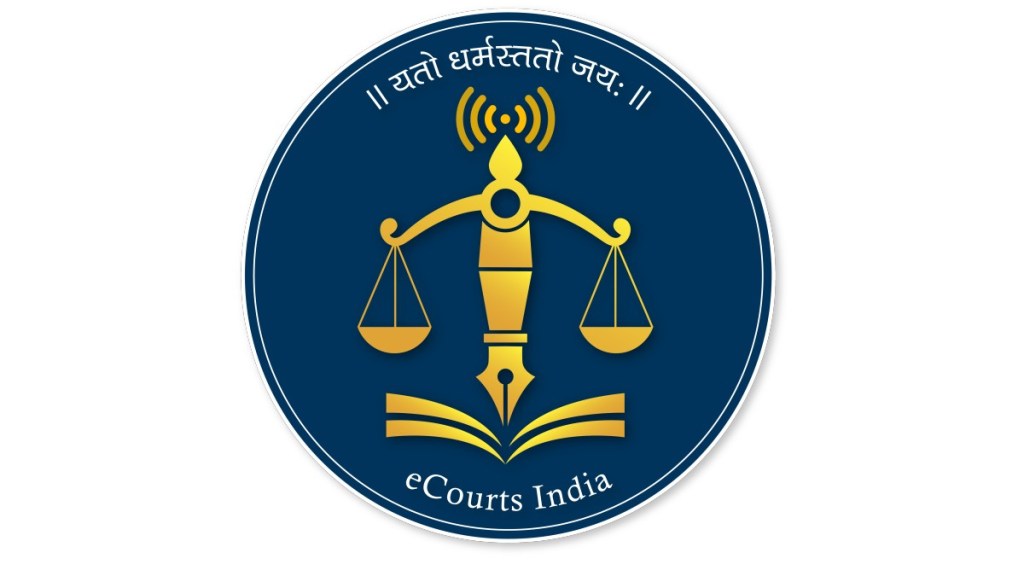Quietly and unobtrusively, the judicial services in the country are creating milestones on their journey towards fulfilment of the government’s ambitious Rs 7,210-crore Phase III of the eCourts project. Last week, the Delhi High Court (HC) launched its mobile app, which allows access to its various services and data on a mobile phone along with a host of other initiatives including a dedicated portal for judicial officers, an eOffice pilot project and the onboarding of MCD (Municipal Corporation of Delhi) appellate tribunal/juvenile justice boards on the eCourts system.
Paradigm shift in judicial services
On the scale of larger implementation parameters, the Allahabad and Bombay HCs are leading in terms of reaching many subordinate courts under the eCourts Phase III infrastructure. The HCs of Karnataka, Madhya Pradesh, and Gujarat are also doing well, but slightly behind the top two, in raw numbers.
Says Justice (retired) DY Chandrachud, former Chief Justice of India who is credited with giving a strong impetus to execution of the project on ground, “Each step towards digitisation is also a step towards greater transparency. It replaces the colonial model where citizens had to go in search of justice with a model where justice related services are delivered to the doorsteps of citizens.”
Extolling the numerous benefits of the project, Justice (retired) Chandrachud adds, “This phase has been designed after multi-stakeholder consultation between civil society and domain experts. It is by far the most ambitious project implemented by the Indian judiciary. Phase III is on course to make our judiciary citizen centric and focused on access to justice in a natively digital environment.”
Interestingly, it is the Chhattisgarh HC which is fast emerging as a leading state in the eCourts mission nationally with its recent steps like digitisation centres, video conferencing facilities and e-summons in criminal cases — crucial steps towards digitisation of courts and the concept of paperless courts.
Transformative role of technology and AI
From the point of view of law firms, among the crucial stakeholders in the eCourts project, Pallavi Shroff, managing partner of tier 1 law firm Shardul Amarchand Mangaldas, says, “Use of technology and AI brings in transparency and helps in categorisation of cases and consistency in decision making. Furthermore, it will also help in reducing the backlog in courts with better access to past precedents and data. It is ultimately a step towards access to timely justice.”
Launched in 2023, the initiative seeks to create paperless, AI-driven courts across all district courts and high courts. Anshul Vikram Pandey, founder and CEO of PanScience Innovations which has developed Nyaay AI, one of the most sought-after AI platforms curated specially for the judiciary, said, “India’s judiciary faces an unprecedented backlog of over 50 million pending cases. Phase III of the e-Courts project is already underway, and it has the potential to be transformative but only if it is anchored in a homegrown Legal AI Stack: context-aware, privacy-first, and designed to enhance judicial workflows rather than disrupt them.”
Unlike earlier phases, Phase-III emphasises decentralised execution, stakeholder collaboration, and global benchmarking, with a strong focus on AI-powered case management, predictive analytics, virtual hearings, and end-to-end digitisation of court records.
Justice (retired) Chandrachud headed the eCommittee for nearly five years and brought a radical transformation in the deployment of technology. Among the innovations introduced thus far include live streaming of court proceedings, paperless courts, transcription of arguments from speech to text, round-the-clock e-filing of cases, AI-assisted translation of judgments to the 22 constitutionally recognised languages, digitisation of records and bringing the data of all courts in the public domain through the National Judicial Data Grid linking all courts in India.
In May 2025, the government launched another game-changing initiative, the e-Zero FIR initiative, an electronic version integrated with the National Cybercrime Reporting Portal and Crime and Criminal Tracking Network & Systems (CCTNS). The e-Zero FIR allows automatic registration of Zero FIRs for cyber financial frauds above `10 lakh, online filing and tracking of FIRs, improving accessibility and transparency and integration with digital law enforcement infrastructure to enable prompt investigation.
Hailing the move, Anand Desai, managing partner of top law firm DSK Legal, states, “The formalisation of Zero FIR in Indian criminal laws marks a crucial step towards ensuring timely, fair, and accessible justice that overcomes procedural hurdles related to jurisdiction. Coupled with digitisation through e-Zero FIR, it empowers victims and strengthens the police machinery to begin urgent investigations without delay or discrimination.”
Elaborating further, Pandey, who has worked closely with the courts to navigate potential problem areas, said the use of advanced technologies must always tilt toward cautious adoption because as a judge, what you say becomes the interpretation of the law of the land. That requires systems that are built, tested, and deployed in close collaboration with judges, court staff, IT registrars, and e-committees, and not in isolation. “We must look at the system as a whole, touching every stage of the lifecycle from petitioners and advocates, to scrutiny staff, registrars, clerks, and judges. As technologists, we are encouraged that the scope of Phase III reflects this very approach, covering multiple aspects of the judiciary rather than being limited to a single use case or function,” he said.
However, despite the rapid strides which the eCourts project is making, it is also facing critical challenges which, according to a cross section of judges and lawyers that FE spoke to, are causing delays in speedy implementation of the project. (Concluding part tomorrow)

